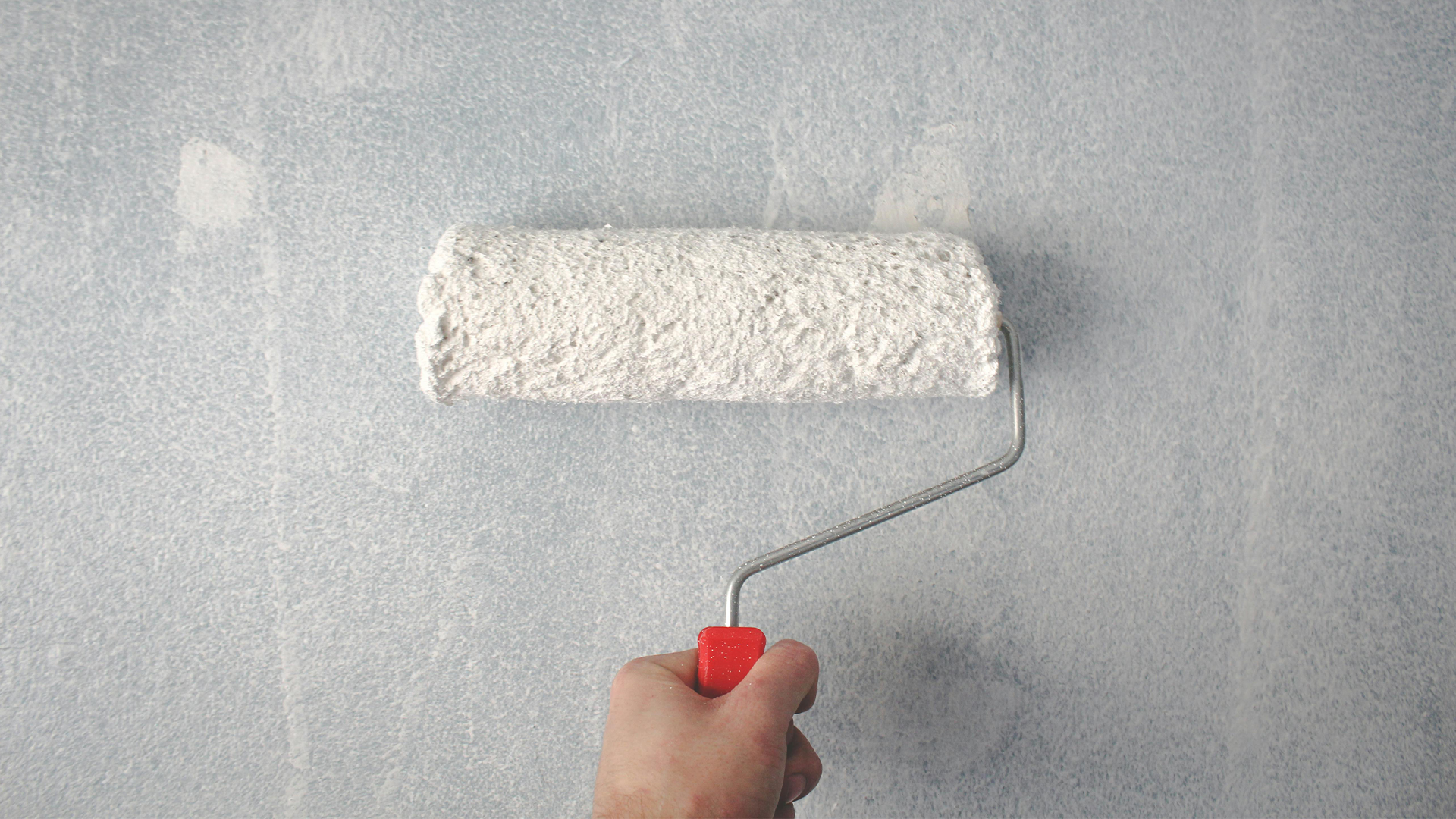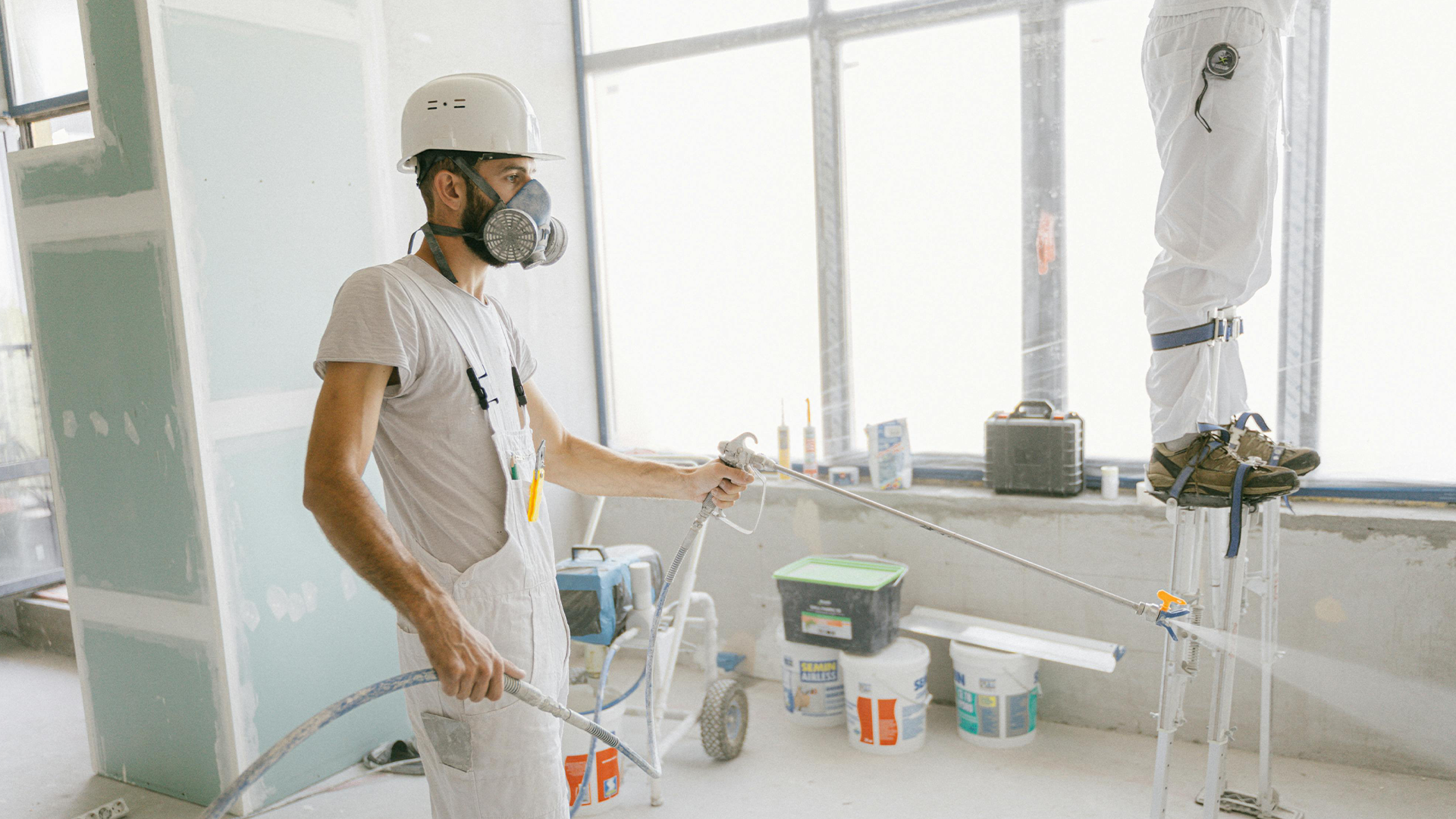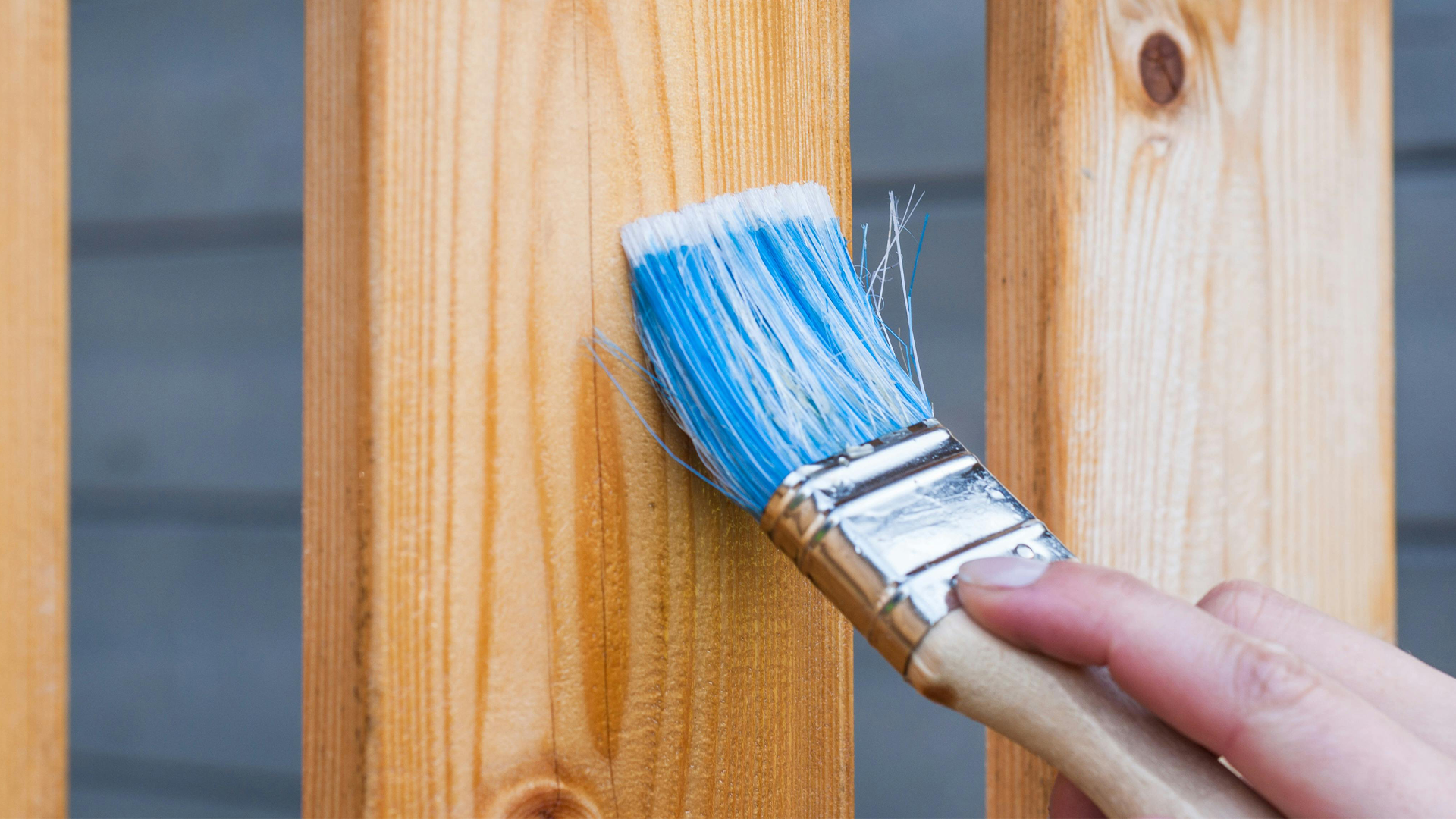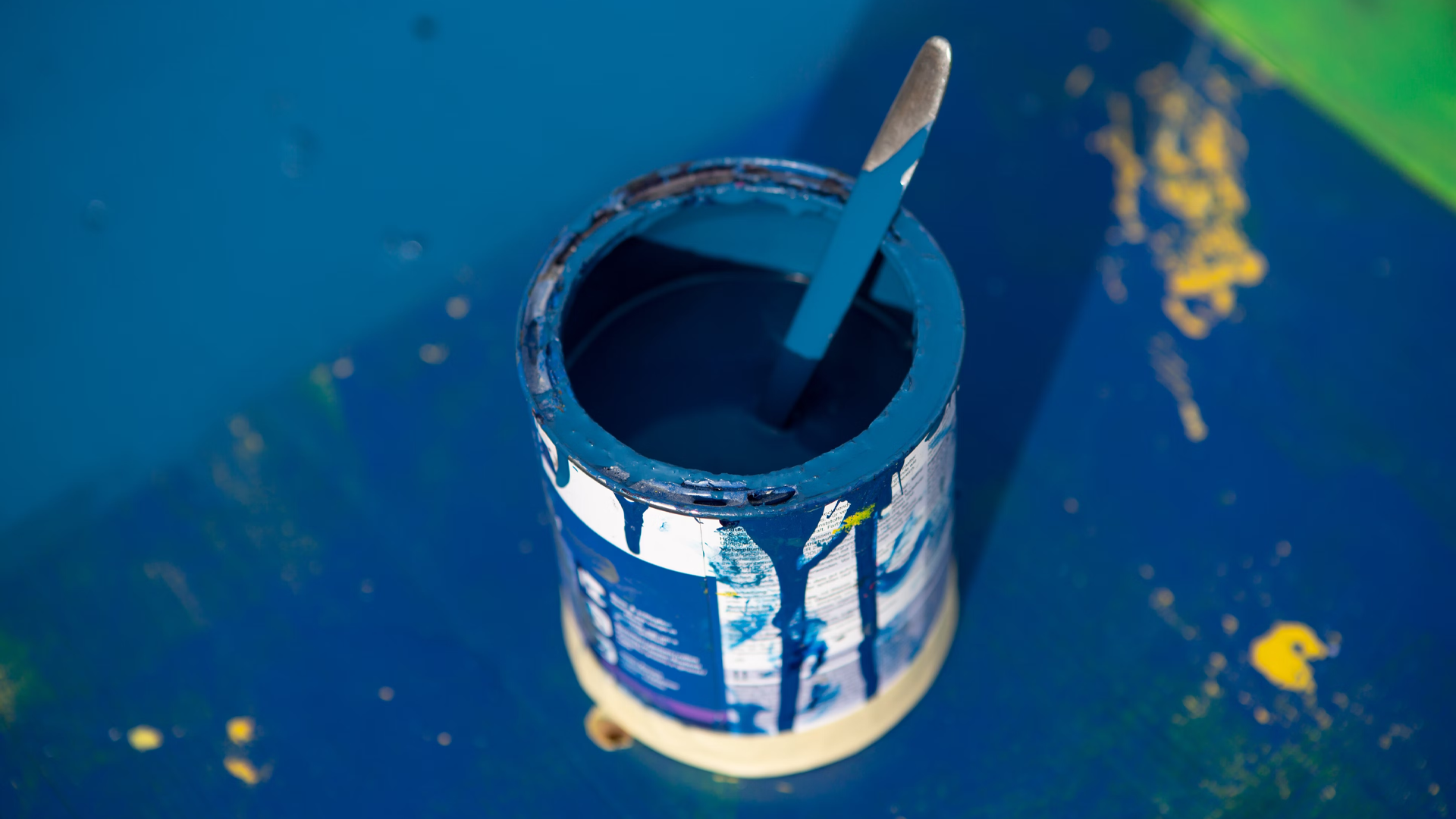Key Take Aways
Flat (matte) and satin (eggshell) finishes differ in sheen—matte absorbs light, satin reflects a small amount.
Flat finish: smooth appearance that conceals imperfections, dries quickly, but is hard to clean and may chalk or peel quicker.
Satin finish: subtle sheen gives a richer look, resists moisture and dirt better, and is easier to clean, but requires careful mixing and application to avoid lap marks.
Choose based on priorities: use satin for durability, washability, and wetter climates; use flat for disguising flaws and achieving a contemporary aesthetic.
Regardless of sheen, opt for high‑quality exterior paint with robust resins, pigments and additives, and ensure proper surface preparation for optimal longevity.
It must also resist cracking, fading, or peeling while withstanding everyday UV radiation, as well as frigid winters, scorching summers, soaking rains, and freezing winters. Such miracles don’t occur naturally or without cost and effort. It would help if you had an exterior paint loaded with premium resins, pigments, and additives for the greatest effects and a clean, smooth surface for the new finish to adhere to.
You may never have to haul out the ladders again by making this labour and material expenditure.
How Does Paint Sheen Work?
The exterior paint’s appearance and performance are related by the term “paint shine.”
Most house owners are familiar with the shine—or lack thereof—that paint exhibits in appearance. Glossy paint has a mirror-like sheen, reflecting light. Exterior paint with a flat or matte sheen absorbs light and is drab. There are a couple of different sheen levels in between those two extremes.
But a paint’s gloss also affects how well it performs. For wet or high-impact applications, high-gloss paint is the ideal choice. Dull paint sheens are less resilient and have a propensity to draw dirt.
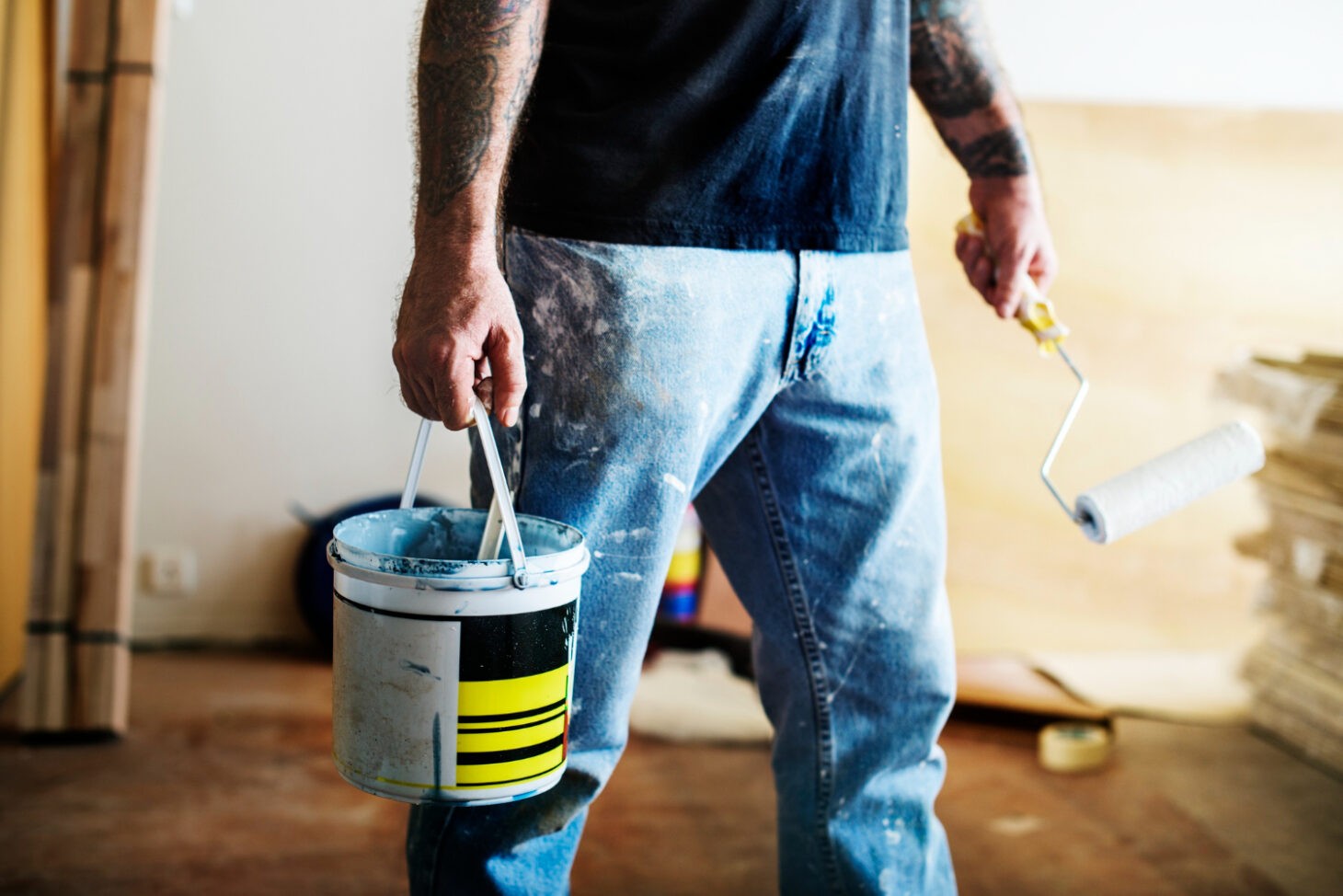
Flat or matte finish
When you run your fingers over flat paint, it will have a non-reflective finish that feels slightly powdery and gritty.
Since there is no reflectiveness, the surface appears fairly smooth and is highly alluring because it conceals scratches and dings. It offers a highly modern and contemporary appearance. However, flat paintings cannot be washed, as is true on indoor surfaces.
Cleaning flat paint is like using a dry rag to wipe down a chalkboard; it streaks but doesn’t truly get the job done. Although you can use TSP or a water pressure washer to clean flat finishes, adding another coat of paint is the best option. If you use flat paint, you should prepare to repaint more often.
Pros
- No overlap markings; the paint effectively conceals lap marks, whether rolled or brushed.
- When the paint is fresh, it has a modern, contemporary aspect.
- Conceals siding surface defects
- Rapid drying time
Cons
- Very challenging to clean, if not impossible.
- Weather conditions could cause the surface to turn chalky, necessitating more regular repainting.
- It may chip or flake off more readily than paints with a higher sheen.
Satin or eggshell finish
Satin coatings have a low reflectivity, which helps them effectively conceal lumps and blemishes on the siding surface.
They still have the same flat finishes’ powdery texture to the touch, but with a faint waxy smoothness. A satin sheen will give the same paint colour a somewhat richer appearance than a flat sheen. Satin/eggshell finishes can be cleaned with a cloth or water hose, and satin paints appear more opulent than flat paints due to the slight sheen.
To prevent lap marks, satin paints require a little extra care during application. Maintaining a moist edge during application is crucial, just like painting an interior. To preserve the resins and pigments in an even ratio throughout the can, satin paints must be carefully mixed before use. Just before beginning each painting session, satin paints should be blended.
Pros
- Satin coatings are easier to clean.
- Compared to flat paints, the finish lasts longer.
Cons
- Painting might reveal lap marks.
- Without a thorough mixing of the paint, the sheen may be uneven. Before painting, have the retailer properly mix the stored paint. Additionally, boxing the paint, or combining many cans of paint, can address this issue.
Added factors to find the right sheen
When painting outside a house, consider the additional factors about paint finishes listed below before making a final choice.
- Cleaning prowess: Satin paints’ subtle sheen results from the characteristics and chemicals present in them. Satin paint makes a surface easier to clean as a result. Flat colours are less effective because they are more likely to exhibit dirt and discolouration.So, if sprucing up is important, satin paint is probably what you desire. It is simple to clean, whether you use a garden hose or a pail of water to wash the surface. Otherwise, flat paint will do if you are painting siding or trim that is not subject to dampness or other components like dirt (like bird droppings).
- Moisture: Satin paints take the lead in this situation since they can withstand moisture better than flat paints. Paint with a satin finish is your best option if you reside in a high-humidity environment or a place prone to dampness. If you reside somewhere dry, on the other hand, pick a flat paint.
- Masking flaws: Covering up imperfections Satin paints make surfaces easier to clean, but they also tend to show more surface imperfections, no matter how small.On the other hand, flat paints effectively conceal surface flaws such as cracks, fissures, nail holes, and rough spots. Flat paint will help to hide all of the surface flaws.
- Durability: Paints with a flat finish outperform those with a satin finish in terms of durability. Even though they have a brilliant gloss, satin paints eventually fade and must be repainted. And to make matters worse, direct sunshine will hasten the fading of satin paints.Some businesses provide satin paints with ingredients that enable them to withstand ultraviolet exposure to address this issue. Check the can’s label before purchasing a flat or satin paint for external painting to ensure that it is made to endure the effects of prolonged sun exposure.
Conclusion
When painting the outside of your home, the choice of paint sheen or finish should be considered on an equal footing with the choice of paint colour and manufacturer.
Rain, UV rays, snow, and physical wear are just a few severe challenges your home’s exterior must withstand. The sheer complexity, expense, and length of time involved in painting a home’s outside exacerbated all that; choosing the perfect exterior paint finish is crucial.
